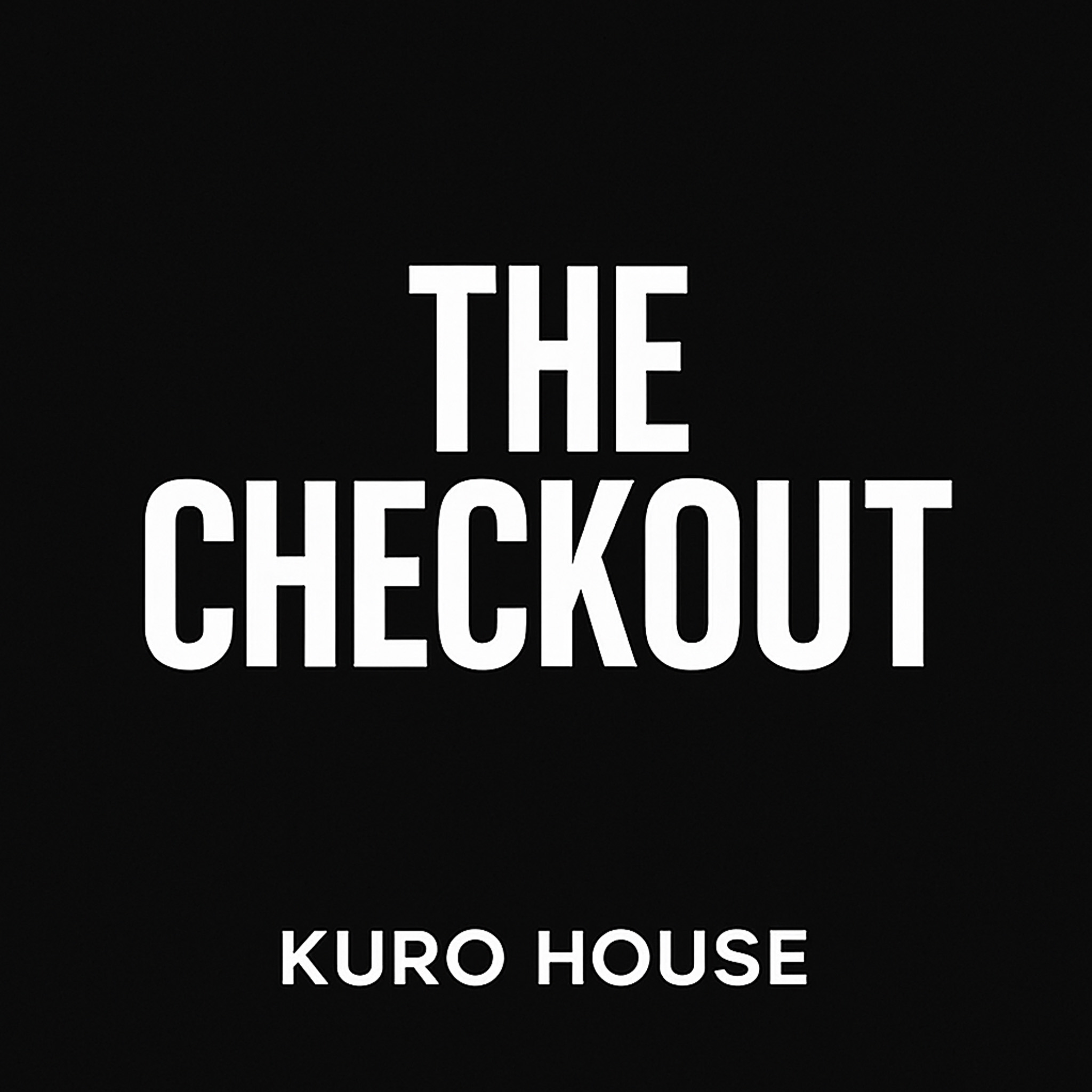Listen To The Show
Transcript
Welcome back to The Checkout by Kuro House — I’m [Narrator]. Today we’re unpacking five retail stories from the last 24 hours that matter: international expansion, brand M&A, AI-enabled shopping tech, cross-border parcel disruption, and a big push on menswear. I’ll walk you through the specifics, the numbers, the quotes, and the strategic implications so you can take away exactly what each development means for merchants, brands and the tech ecosystem.
FatFace has launched on Zalando in Germany, according to Retail Bulletin (Angela Beevers, 29 Aug 2025), and the details matter for anyone watching mid-market lifestyle brands scale in Europe. The brand is live with both womenswear and menswear assortments and has kicked off with items from its premium Copper & Black womenswear collection — and FatFace has said initial trading has been positive with strong sales expected into autumn. Over the coming months the brand plans to extend its Zalando assortment to include accessories and footwear, and it explicitly intends to use the platform as a gateway into other European markets. This move follows a period of solid trading for FatFace: full-price sales were up 6.6% in H1 and sales via Next Label rose 86% year-on-year, showing a multi-channel rebound. Alexandra Dalwood, FatFace’s head of partners, framed the Zalando launch as building global brand awareness and credited joining the Next family with giving the brand a platform to expand — she called early interest “very encouraging.” Strategically, launching on Zalando signals a low-friction route to scale inventory reach and test market product-market fit in Germany before committing to owned e‑commerce or local retail investments.
Castore’s acquisition of Belstaff was announced by Retail Bulletin the same day, and it’s a compact deal with layered implications for premium apparel (Angela Beevers, 29 Aug 2025). Castore — a premium sports apparel brand — has bought Belstaff from Jim Ratcliffe’s INEOS; financial terms were not disclosed, but INEOS will also make a “significant strategic investment” in Castore as part of the transaction. The stated rationale is that the two will combine Castore’s online retail networks, supply chain and expertise with Belstaff’s almost-century-old heritage in premium menswear and motorcycle gear (Belstaff was founded in 1924). Tom Beahon, Castore co‑founder and CEO, called Belstaff an “iconic brand” and said taking it through its next growth stage is a “dream come true,” while Belstaff chairman Ashley Reed described Castore as a disruptor whose trajectory offers a unique chance to accelerate Belstaff’s transformation. For practitioners this is notable: it’s a consolidation play that pairs digital-first operational strength with a legacy heritage label, and INEOS’s reinvestment suggests confidence in scaling premium margins through modern retail and supply chain capabilities.
Retail Gazette reported that Waitrose is trialling a Shopic-powered “smart trolley” system at its Bracknell store, and the trial raises operational and privacy questions in equal measure (Retail Gazette, 29 Aug 2025). The device is a handlebar-like unit that attaches to a standard trolley and combines barcode scanning with back-facing cameras that verify items once placed in the cart; customers scan items much like a scan-and-go handset and receive a real-time tally of products and prices on a larger screen. Devices are stored in a charging bank near the entrance and are released when shoppers scan their loyalty card; loose produce must still be weighed on in-aisle scales, bakery items are selected from the device’s screen before being added, and reduced-price items require scanning the yellow sticker. The supplier, Israeli firm Shopic, pitches additional capabilities beyond checkout: location data to map aisle dwell time and routes, shelf interaction analytics, and the ability to serve contextually relevant ads and retail-media offers on the screen. Waitrose frames the test as exploring “more frictionless payment” while retaining conventional checkouts for customers who want human interaction — but the conversation in the article also hints at the “dystopian” framing some critics use, because the tech enables highly granular tracking of customer behavior. For retailers, the trade-off is clear: operational efficiency, media revenue and analytics versus visibility and customer trust considerations that will shape adoption.
Also in logistics disruption, Retail Gazette covered a sharp spike in Evri’s US parcel volumes and the fallout from the end of the US de minimis exemption on 29 August 2025 — this is the operational headache retailers need to know about. Evri reported a 30% rise in US parcel deliveries in the last week as shippers scramble after the de minimis threshold (previously allowing packages under roughly £593 / $800 to clear duty-free) was eliminated; packages below that threshold will now face tariffs based on origin. The executive order that suspended de minimis imposes country-specific tariff calculations or fixed fees, and that creates a big administrative burden for the US Postal Service — which is why some postal carriers signalled pauses, though the article corrects an earlier misstatement that Royal Mail would pause. Express couriers like Evri, UPS and FedEx can sidestep the postal network but will still factor in a broader set of fees; Evri had prepared by launching a new service in May to collect duties and taxes up front and offer retailers an option where the courier manages the costs and charges them back to the business, rather than burdening consumers at delivery. Evri’s director of international, Craig Lee, framed that offering as “trumping the tariffs” to remove risk for UK SMEs. The commercial fallout is already visible: Amazon warned of potential impacts to operating income, JD Sports flagged market volatility and tariff uncertainty, and retailers will now need tighter landed-cost workflows, clearer customer communications, or new routing strategies to preserve cross-border margins.
Finally, M&S is doubling down on menswear and pursuing a younger male demographic with a mix of social-first content and product investment, according to Retail Times (29 Aug 2025). The UK menswear opportunity is sized at about £10.75 billion annually, and M&S currently holds a 10.4% market share — the retailer wants to broaden appeal and become the “authority” in men’s fashion, particularly among 18–34s who the company says are now primarily influenced by social media. M&S is launching “M&S Man,” an Instagram channel dedicated to men’s style, and it’s expanding a menswear ambassador program with names both familiar (Spencer Matthews, Ian Wright, Vernon Kay, Olly Murs, Melvin Odoom) and newer influencers (Scott Thomas, Stanley Dru, Tim Dessaint, Nathan Griffiths). Mitch Hughes, Director of Menswear, said the plan is to build authority and reach a new generation while maintaining M&S’s reputation for quality and value. The Autograph sub-brand is a central lever: in three years Autograph has more than quadrupled in value, now accounts for almost 25% of menswear sales, and has attracted new customers — 52% of Autograph buyers were new to the sub-brand and 5% were new to M&S overall. Best-sellers cited include the £20 Supima Cotton Autograph T‑shirt (noted as worth £20 million annually) and the Autograph Performance modular range, which has doubled in under two years; operationally M&S will ship a lot more newness this AW season — around 1,800 new menswear SKUs per month, up 200 on last year, and an 18% deeper buy on AW25 campaign lines.
That’s everything I’ve pulled together from today’s top retail dispatches — five stories that show how brands are expanding internationally, combining heritage with digital-first execution, testing front-line AI in stores, coping with cross-border tariff shock, and leaning hard into social-led product strategies. Thanks for checking out The Checkout by Kuro House; if anything from these updates has you rethinking your playbook — whether it’s partner selection for European expansion, M&A signals in premium apparel, privacy and analytics trade-offs in in-store tech, or how to manage landed costs after de minimis — take one small next step this week to test or harden that part of your business. See you tomorrow for another concise briefing.


